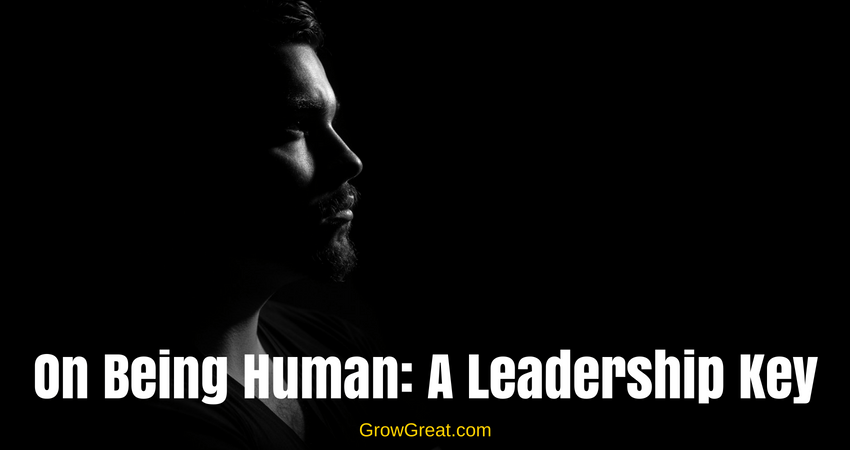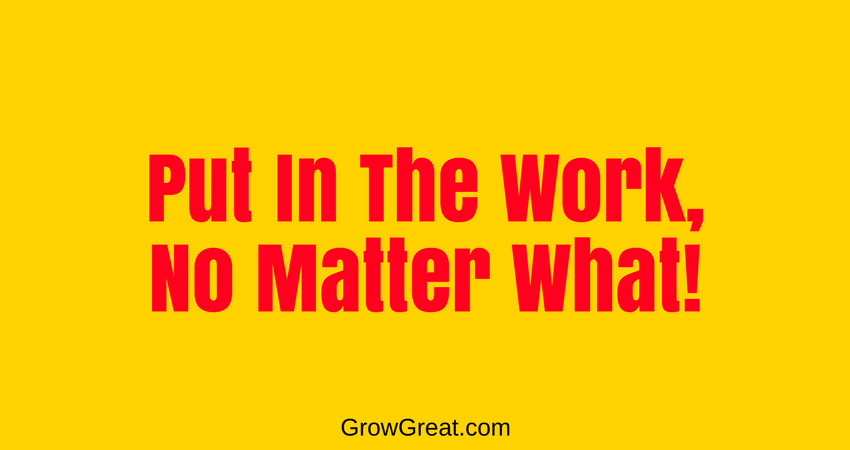The Reason For Living Was To Get Ready To Stay Dead A Long Time 5054
Podcast: Play in new window | Download ()
Subscribe: Apple Podcasts | Spotify | RSS | More

The title is a line from William Faulkner’s 1930 novel, As I Lay Dying. I don’t know if you believe in an afterlife or not. But the line Faulkner wrote during the 168 or so odd hours he spent writing this story, from the hours of midnight to 4 am over the course of six weeks, captures not only our imagination but our emotions. It’s not lost on me that 168 hours is also the number of hours in one week. Nor is it lost on me that this work was produced in 1929 while Faulkner while worked night shifts at the University of Mississippi Power House. I suppose keeping tabs on a power plant at night isn’t arduous enough work to prevent a writer from writing. But then again, perhaps nothing is powerful enough to prevent a true writer from writing. He’s just gotten married and was only 32.
I’m well past 32, but the line he wrote in the wee hours of one night in 1929 provides sober notions of what really matters in our life. And provides some sense of urgency about what we must do with life in this sphere.
In 2016 a TED talk was published featuring Robert Waldinger, the current director of a 75-year study on adult development. In the presentation, Dr. Waldinger, a psychiatrist, asks and answers the question, “What makes a good life?” I only take issue with the lack of spiritual considerations, but you should take about 13 minutes and watch it. Spoiler alert: it’s relationships!
It’s not money. Or fame. Or power. It’s people. It’s connection.
From a work perspective – and even a personal perspective – our lives are largely measured by the people in our lives. Those we surround ourselves with. Those who allow us to surround them.
“Memory believes before knowing remembers.”
That’s another line from the novel. Brilliant enough to make me envious of Faulkner’s wordsmithing talents.
Hitting the trifecta of business building is hard work. Doable, but hard.
Sometimes getting new customers seems impossible. Or it seems like we just can’t accomplish it with any measure of predictability.
Sometimes serving existing customers is the hard part. No sooner have we gained a customer, but we face challenges to perform as we should. Systems and processes sometimes fail us. And our customers.
But today, I’m focused on the third leg of the trifecta – the not going crazy in the process. Some CEO’s and owners think it’s the froo-froo stuff they don’t want to think about, much less talk about. If that’s you, I empathize with you, but I’m not talking to you. Growing great is for more open-minded, and open-hearted business people. People willing to acknowledge that sometimes their business drives them nuts. But people unwilling to accept the notion that “that’s just how it is.”
This is about living. It’s about living in a way where we have far more great moments than not. Where we’re impacting people by helping them achieve levels of success unlikely without us. Where our suppliers, customers and employees – and their families – are all benefiting because of the business we own and operate. It’s the two words I admit drive me today: legacy and significance.
I don’t consider Faulkner’s words to be so morose. I consider them challenging. Challenging us to get to the heart of the matter. To face the reality of why we started our businesses, or why we currently own and operate them. Of all the things we could be doing instead of whatever it is we’re doing — we’re choosing to do this. Why?
Death is the end of life here. If we assume we’ll live to be 80 or older, it’s not a lot of time. You’re likely between the ages of 27 and 70. Maybe you’re younger. Maybe older. No matter. You’re either statistically ahead of the “death curve” or behind it. Meaning, you’ve either got more future in front of you than past, or you’ve got more past behind you than future in front of you. This timeline of life is always moving us further up the road toward the end. It’s our reality. All of us.
What Are You Doing With Your Time?
The crux of my work with CEO’s, business owners and leaders isn’t time management. For starters, I don’t believe in it. Not for myself anyway. I prioritize on the fly. Always have. I scan what’s happening and immediately (with speed) put the urgent and important thing up at the very top. Urgent but less important things tend to not be considered urgent for me. I have trouble labeling anything urgent that isn’t important. Illustration: I was out and about and my gas light came on. I pulled into a gas station and fueled up. The morning 38-ounce water bottle I had emptied was catching up with me. I had the urge, but the gas station was one of those cashier booth only kind of places. So I fill up and head toward home. By the time I got home it was urgent. Might not seem so important, but tell my bladder that. It was URGENT. And it was IMPORTANT. I guess somebody may be able to convince me there’s a way something can be urgent without being important, but I don’t live like that. So, I prioritize in real-time. Always have.
And I get stuff done, then move on. My objective is to fix it the first time, if possible. I’m not interested in patching it up so it’ll hold for a bit to buy me more time. Why would I want to come back and mess with it again if I’m here right now messing with it? It’s a point of view. You can have a different one and I won’t think less of you.
It all speaks to how we deal with TIME. I’ve just given you a glimpse of how I deal with it. It’s important for us to think more deeply about it because it’s all we’ve got. Our hours, days, months and years make up our lives. And the lives of the people who matter to us.
People.
What are you doing with your time and the people in your life?
I’m very involved in church work. The other day somebody asked me about that work and I told them how there are many young adults in my life (my favorite people). Right now, I’m completely focused on serving them to see who may be able and willing to one day serve in leadership. In short, I said, “I’m working really hard to grow future leaders.” First, I had to – and I still have to – invest in myself to become a better leader. And I do.
I spend time with myself. I spend time with other people. I’m much less focused these days on some specific work product as I am the people producing or helping produce the work product. Yes, the work product matters, but a funny thing happens when you put the attention where it can serve you best – on the people (and this includes yourself). The work product dramatically improves. Problems get solved more quickly. More permanently. Opportunities get spotted more quickly, too. And taken advantage of. People gain energy. And enthusiasm when we begin to understand that they’re the horsepower behind the engine that is our business!
We’re all gonna be dead much longer than we’ll be alive. That is, we’ll be on this planet for a brief time. The world will go on without us much, much longer than it will go on with us.
That’s urgency!
That’s important!
It’s also why the third leg of the trifecta exists. Can we operate our businesses without losing ourselves? Can we operate our business and enhance ourselves? Can we operate our businesses in a way that drives success higher than before…while at the same time finding greater joy? Yes, yes and yes.
“Memory believes before knowing remembers.”
You have to think about it. Then you have to believe it. That it’s possible. And you’ve got to feel it deep down where you really live.
When you do, it’ll change everything. For the better. Your actions will be congruent to make it so. Lord willing, somewhere down the line, you’ll be able to look back with fond memories of how well you did. And it’ll happen because of the people you decided to give your attention to, and the people you allowed to give to you.
Be well. Do good. Grow great.

Subscribe to the podcast
 To subscribe, please use the links below:
To subscribe, please use the links below:
- Click Here to Subscribe via iTunes
- Click Here to Subscribe via RSS (non-iTunes feed)
- Click Here to Subscribe via Stitcher
If you have a chance, please leave me an honest rating and review on iTunes by clicking Review on iTunes. It’ll help the show rank better in iTunes.
Thank you!
The Reason For Living Was To Get Ready To Stay Dead A Long Time 5054 Read More »





 I’m not in unchartered water in this discussion. It happens often. And I know I’m not alone. But I also know I’m not going to embrace negativity or pessimism because of it. Honestly, I’m not trying too hard to convince this young man of something he’s not likely going to instantly believe just because of anything I say. Mostly, I’m challenging him to think. Consider. Maybe he’ll come around. Maybe he won’t. Time will tell.
I’m not in unchartered water in this discussion. It happens often. And I know I’m not alone. But I also know I’m not going to embrace negativity or pessimism because of it. Honestly, I’m not trying too hard to convince this young man of something he’s not likely going to instantly believe just because of anything I say. Mostly, I’m challenging him to think. Consider. Maybe he’ll come around. Maybe he won’t. Time will tell.